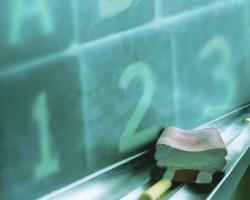The number of home-schooled kids hit 1.5 million in 2007, up 74 percent from when the Department of Education’s National Center for Education Statistics started keeping track in 1999, and up 36 percent since 2003. The percentage of the school-age population that was home-schooled increased from 2.2 percent in 2003 to 2.9 percent in 2007. “There’s no reason to believe it would not keep going up,” says Gail Mulligan, a statistician at the center.
Traditionally, the biggest motivations for parents to teach their children at home have been moral or religious reasons, and that remains a top pick when parents are asked to explain their choice.
The 2003 survey gave parents six reasons to pick as their motivation. (They could choose more than one.) The 2007 survey added a seventh: an interest in a “non-traditional approach,” a reference to parents dubbed “unschoolers,” who regard standard curriculum methods and standardized testing as counterproductive to a quality education.
“We wanted to identify the parents who are part of the ‘unschooling’ movement,” Mulligan says. The “unschooling” group is viewed by educators as a subset of home-schoolers, who generally follow standard curriculum and grading systems. “Unschoolers” create their own systems.




